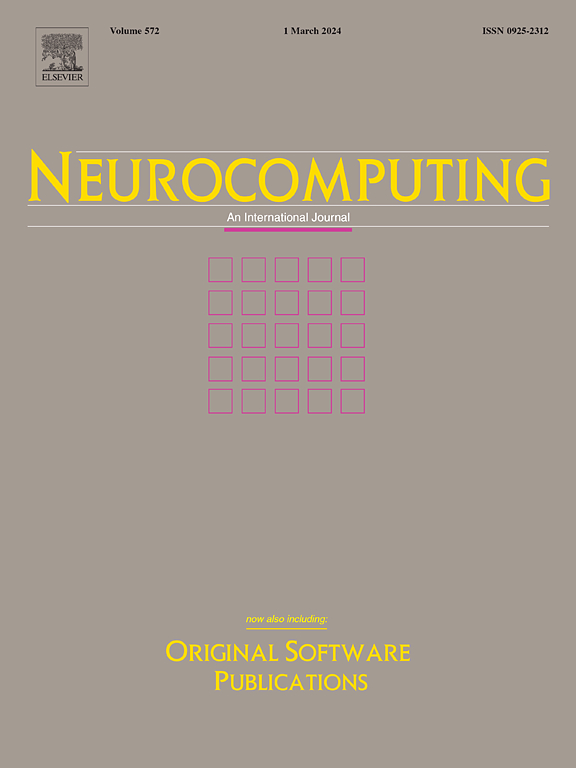Domain generalization for person re-identification: A survey towards domain-agnostic person matching
IF 5.5
2区 计算机科学
Q1 COMPUTER SCIENCE, ARTIFICIAL INTELLIGENCE
引用次数: 0
Abstract
Person Re-identification (ReID) aims to retrieve images of the same individual captured across non-overlapping camera views, making it a critical component of intelligent surveillance systems. Traditional ReID methods assume that the training and test domains share similar characteristics and primarily focus on learning discriminative features within a given domain. However, they often fail to generalize to unseen domains due to domain shifts caused by variations in viewpoint, background, and lighting conditions. To address this issue, Domain-Adaptive ReID (DA-ReID) methods have been proposed. These approaches incorporate unlabeled target domain data during training and improve performance by aligning feature distributions between source and target domains. However, their reliance on access to target domain data limits their scalability and makes them less suitable for real-world deployments, where such data may not be available in advance. Domain-Generalizable ReID (DG-ReID) tackles a more realistic and challenging setting by aiming to learn domain-invariant features without relying on any target domain data. Recent methods have explored various strategies to enhance generalization across diverse environments, but the field remains relatively underexplored. In this paper, we present a comprehensive survey of DG-ReID. We first review the architectural components of DG-ReID including the overall setting, commonly used backbone networks and multi-source input configurations. Then, we categorize and analyze domain generalization modules that explicitly aim to learn domain-invariant and identity-discriminative representations. To examine the broader applicability of these techniques, we further conduct a case study on a related task that also involves distribution shifts. Finally, we discuss recent trends, open challenges, and promising directions for future research in DG-ReID. To the best of our knowledge, this is the first systematic survey dedicated to DG-ReID. A curated list of related resources and papers is also available at: https://github.com/PerceptualAI-Lab/Awesome-Domain-Generalizable-Person-Re-ID

面向人物再识别的领域泛化:与领域无关的人物匹配研究
人员重新识别(ReID)旨在检索同一个人在非重叠摄像机视图中捕获的图像,使其成为智能监视系统的关键组成部分。传统的ReID方法假设训练和测试领域具有相似的特征,并且主要关注于学习给定领域内的判别特征。然而,由于视点、背景和光照条件的变化引起的域移位,它们往往不能推广到看不见的域。针对这一问题,提出了域自适应ReID (DA-ReID)方法。这些方法在训练过程中包含未标记的目标域数据,并通过对齐源域和目标域之间的特征分布来提高性能。然而,它们对目标域数据访问的依赖限制了它们的可伸缩性,使它们不太适合实际部署,因为这些数据可能无法提前获得。domain- generizable ReID (DG-ReID)通过在不依赖任何目标领域数据的情况下学习领域不变特征,解决了一个更现实和更具挑战性的设置。最近的方法已经探索了各种策略来增强不同环境的泛化,但该领域的探索仍然相对不足。在本文中,我们提出了一个全面的调查DG-ReID。我们首先回顾了DG-ReID的架构组件,包括总体设置、常用骨干网和多源输入配置。然后,我们对明确旨在学习域不变表示和身份鉴别表示的领域泛化模块进行分类和分析。为了检查这些技术的更广泛的适用性,我们进一步对涉及分布转移的相关任务进行了案例研究。最后,我们讨论了DG-ReID的最新趋势、开放的挑战和未来研究的有希望的方向。据我们所知,这是第一次专门针对DG-ReID的系统调查。相关资源和论文的策划列表也可在:https://github.com/PerceptualAI-Lab/Awesome-Domain-Generalizable-Person-Re-ID
本文章由计算机程序翻译,如有差异,请以英文原文为准。
求助全文
约1分钟内获得全文
求助全文
来源期刊

Neurocomputing
工程技术-计算机:人工智能
CiteScore
13.10
自引率
10.00%
发文量
1382
审稿时长
70 days
期刊介绍:
Neurocomputing publishes articles describing recent fundamental contributions in the field of neurocomputing. Neurocomputing theory, practice and applications are the essential topics being covered.
 求助内容:
求助内容: 应助结果提醒方式:
应助结果提醒方式:


